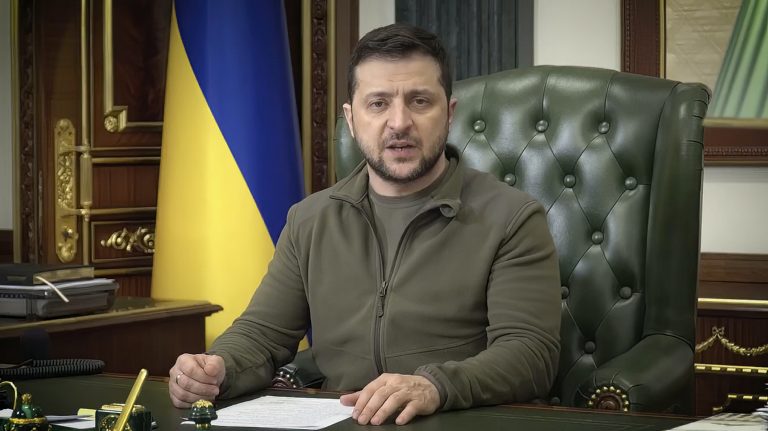
The ongoing conflict in Ukraine between Russian Forces has led to widespread destruction, necessitating a colossal effort for survival and reconstruction. A significant point of discussion in this context is the $300 billions of immobilized assets, which, as it stands, can only partially address the financial requirements of Ukraine’s exigent needs.
The immobilized assets in question refer to Russian state assets that have been frozen by Western nations in response to the conflict. The moral and practical considerations of utilizing these assets for Ukraine’s benefit are complex and multifaceted.
On one hand, there is a strong argument for the confiscation of these assets to aid Ukraine, given the extensive damage inflicted upon the nation. On the other hand, legal and diplomatic implications make the process of repurposing these assets a subject of intense debate.
Register for Tekedia Mini-MBA edition 19 (Feb 9 – May 2, 2026): big discounts for early bird.
Tekedia AI in Business Masterclass opens registrations.
Join Tekedia Capital Syndicate and co-invest in great global startups.
Register for Tekedia AI Lab: From Technical Design to Deployment (next edition begins Jan 24 2026).
The costs of Ukrainian reconstruction are difficult to estimate, with figures ranging from $500 billion to $1 trillion. The $300 billion, if repurposed, could potentially cover five years of Ukraine’s war effort or three-fifths of the conservatively estimated reconstruction costs. However, this would still leave a substantial financial gap that needs to be addressed through other means.
The Group of Seven (G7) nations have been moving closer to an agreement on seizing these assets to aid Ukraine. This action could provide a significant boost to Ukraine’s defense and eventual reconstruction, and possibly serve as a deterrent to further aggression. The U.S. Congress has also passed a bill that could unlock billions in frozen Russian assets for Ukraine’s reconstruction, highlighting the international community’s efforts to find tangible ways to support Ukraine.
The debate over the immobilized assets is not just about the financial aspects but also about the principles of justice and accountability. There is a growing consensus that those responsible for the conflict should bear the costs of the damage caused. The G7’s stance that the assets will not be returned until Russia pays for the damage is a reflection of this principle.
While the $300 billions of immobilized assets represents a significant sum, it is clear that it can only partly address the cost of Ukraine’s survival and reconstruction. The international community continues to explore various avenues to support Ukraine, with the moral imperative of aiding a nation in distress guiding these efforts. The resolution of this issue will require careful navigation of legal, ethical, and diplomatic challenges, with the ultimate goal of facilitating Ukraine’s recovery and ensuring accountability for the conflict.


